The BA Photography Studios for Semester 2, 2021 are described below. These are the options for the first and second year students offered under the following course codes:
Photography Studio 1 VART 3593 (1st year)
Photography Studio 3 VART 3597 (2nd year)
Please read them carefully and decide upon your first, second and third preferences.
Please find the ballot form here.
Balloting closes at 4pm (AEST) on Friday 4th June.
The ballot is NOT based on a ‘first in best dressed’ process – you have until the closing time to submit the form.
IMPORTANT – You must not repeat Studios and you must enter three different preferences. Every effort will be made to place you in your first or second preference. Allocations are made on the basis of space available and group balance, with the higher year level being given priority (i.e it is not 'first come, first served').
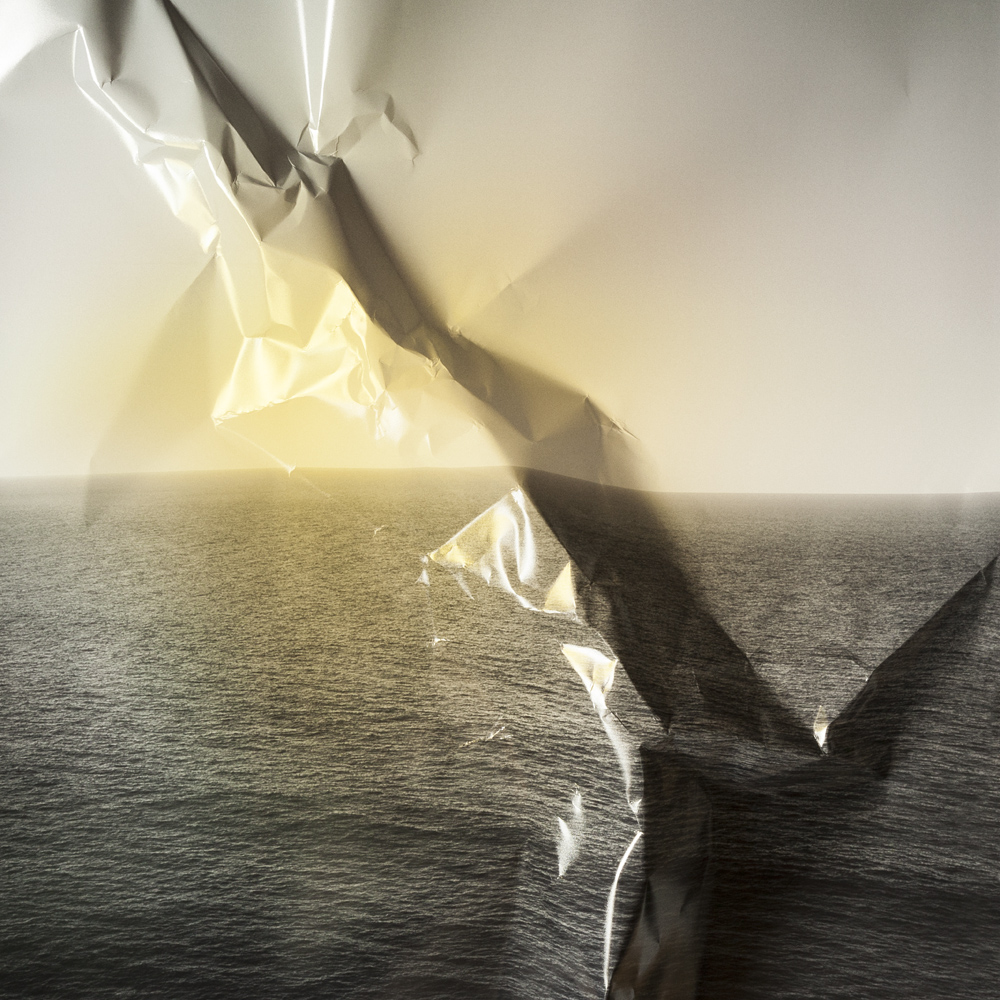
Jo Cicluna & Vivian Cooper Smith, Point Farewell - Cape Schanck #2, 2014
1. Contemporary Landscape
Landscape photography is more than just an aesthetic experience or beautiful depictions of nature scenes; it is an interpretation of place. In this class, we will contend with what it means to make landscape images today — whether romantic and sublime landscapes, human-altered landscapes, or artistic interventions into the environment. You will engage with the historical development of landscape photography and emerging ideas around what it means to represent nature and place in a contemporary context. Throughout the semester, you will produce photomedia-based work that is informed by an engagement with critical discourses aimed at expanding your understanding and practice of contemporary landscape. Learning activities will include image-based lectures, readings and discussions, presentations, critiques, and fieldwork. Informal and formal reviews of work are central to the course, and a high level of personal engagement and initiative is expected.
**important** this course includes an overnight long weekend field trip (3-4 nights) in the second half of the semester. It is expected that students will arrange their schedules in order to participate. Costs will be kept to an absolute minimum, but it is a self-funded trip.
Aims:
- Develop technical, conceptual, and aesthetic skills for photographing landscape issues.
- Develop a basic understanding of the critical discourse around landscape photography.
- Develop and refine the ability to be self-reflective and critically evaluate landscape images.
- Develop the ability to work collaboratively to research, plan, and execute a group project.
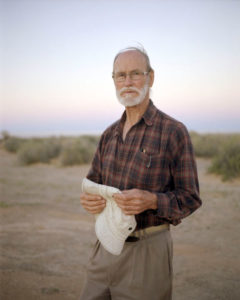
Avon, Lake Eyre, South Australia, 2014
2. In & Of the World: Approaches to Documentary Photography
The civil must be … defined in its own right as the interest that citizens display in themselves, in others, in their shared forms of coexistence, as well as in the world that they create and nurture - Ariella Azoulay (2012)
How can documentary practice help us understand and engage with the world?
Documentary photography has long played an important role in bearing witness to world events and the interpretation of personal, political and social lives lived globally. Yet the practice of documentary photography has undergone significant reconsideration, reinvention and reimagination with the advent of digital technology and the sheer proliferation of images.
The recent theoretical works of Ariella Azoulay have been influential in understanding photography’s civil functions. In particular, this studio will focus on exploring the practical potential of key concepts in Azoulay’s work, such as the ‘civil contract’ and ‘political ontology’ of photography.
Through the development of a visual project, which links forms of critical inquiry, theoretical underpinnings and technical understandings, students will consider different modes of documentary practice which span storytelling, activism and reportage, as they use the camera to engage with the world around them.
Aims:
- Produce a body of work which explores a contemporary social issue or story.
- Develop an awareness of contemporary photographic theory as it relates to documentary practice.
- Develop technical, conceptual, and aesthetic skills for the production of documentary photography.
- Develop and refine the ability to be self-reflective and to critically evaluate documentary images.

3. Fictional Vision
‘What makes power hold good, what makes it accepted, is simply the fact that is doesn’t only weigh on us as a force that says no, but that it traverses and produces things, it induces pleasure, forms knowledge, produces discourse. It needs to be considered as a productive network which runs through the whole social body, much more than as a negative instance whose function is repression’¹.
How might images channel narratives that shape our subjectivities and our culture?
Images carry narratives through the fabric of society, stories that shape who we are as individuals and as a society. Photography, with its persuasive implication of ‘truth’ provides a great rhetorical tool. Yuval Noah Harari maintains that is through the sharing of stories that the human species has been able to organise on such a grand scale.
Images, as the Lingua franca of globalised society are an important conduit for the discourse we use to negotiate the shape and contours of our identities and of our culture. Images provide ideals, standards against which we measure ourselves and others evaluate what we collectively consider is normal.
In this studio we will use images to explore photography’s role in dissemination of constitutive narratives; those that play a role in the social construction of our identities and those that exert a regulatory influence upon us and our culture. We will look at the fictional aspects of a discipline that has traditionally been associated with evidence. In the process, we will encounter notions of figurative visual language, allegory, and implied narrative as well as engage with the often invisible notions of ‘normalising’ power.
Aims:
- To engage with modes of photo story telling beyond the merely descriptive.
- To identify and explore regulatory dimensions of culture.
- To consider ways in which identities are formed and culture/history is produced.
to cultivate creative thinking and the development of novel strategies.
1. Chul-Han, B 2019, What is power, Polity Press, Cambridge.

Bronek Kozka
4.Translating Dimension: Architecture & Photography
This studio will look at photography’s role as a way of documenting and understanding architecture. However our main focus will be on the relationship between architect, the building and the photographer. Working with Melbourne-based architects students will gain a practical and theoretical understanding. Students will be encouraged to develop an individual approach and interpretation while considering the intentions of the architect. Students will produce work that is considered and responsive and is the product of communication (with architects etc) research, planning (developing an individual approach) & innovation.
Aims:
- Create an understanding of the photographer’s role within this area and the industry in a broader sense.
- Understand the role of the photographer as a conduit - translating an understanding of the 3-dimensional space to the photograph.
- Develop important technical and practical skills.
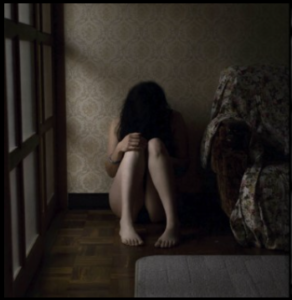
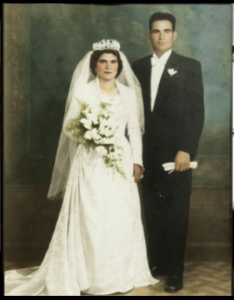
Pia Johnson, Wallpaper, 2012 & Jerry Galea, from the family archive
5.Modes Of Portraiture: Media, Memory & Portraits In Contemporary Society
The true portrait, therefore, is … one in which the subject represented is not caught in any action and does not even show any expression that might detract from the person in themselves.
- Jean-Luc Nancy¹
Photography transformed the idea of portraiture, but how does contemporary photographic portraiture shift our notions of self, context and history?
Aims:
- Develop understanding on contemporary portraiture discourse through photographic theory, history, critique and discussion
- Develop technical, lighting and conceptual skills for photographing people in a range of environments and for different purposes
- Develop a project or body of work that expands the dimensions of contemporary portraiture
1. Nancy, Jean-Luc (2000) as cited in Sires, Agnes (2010) Forward. In An inner silence, the portraits of Henri Cartier-Bresson (p.7). USA, Thames and Hudson.
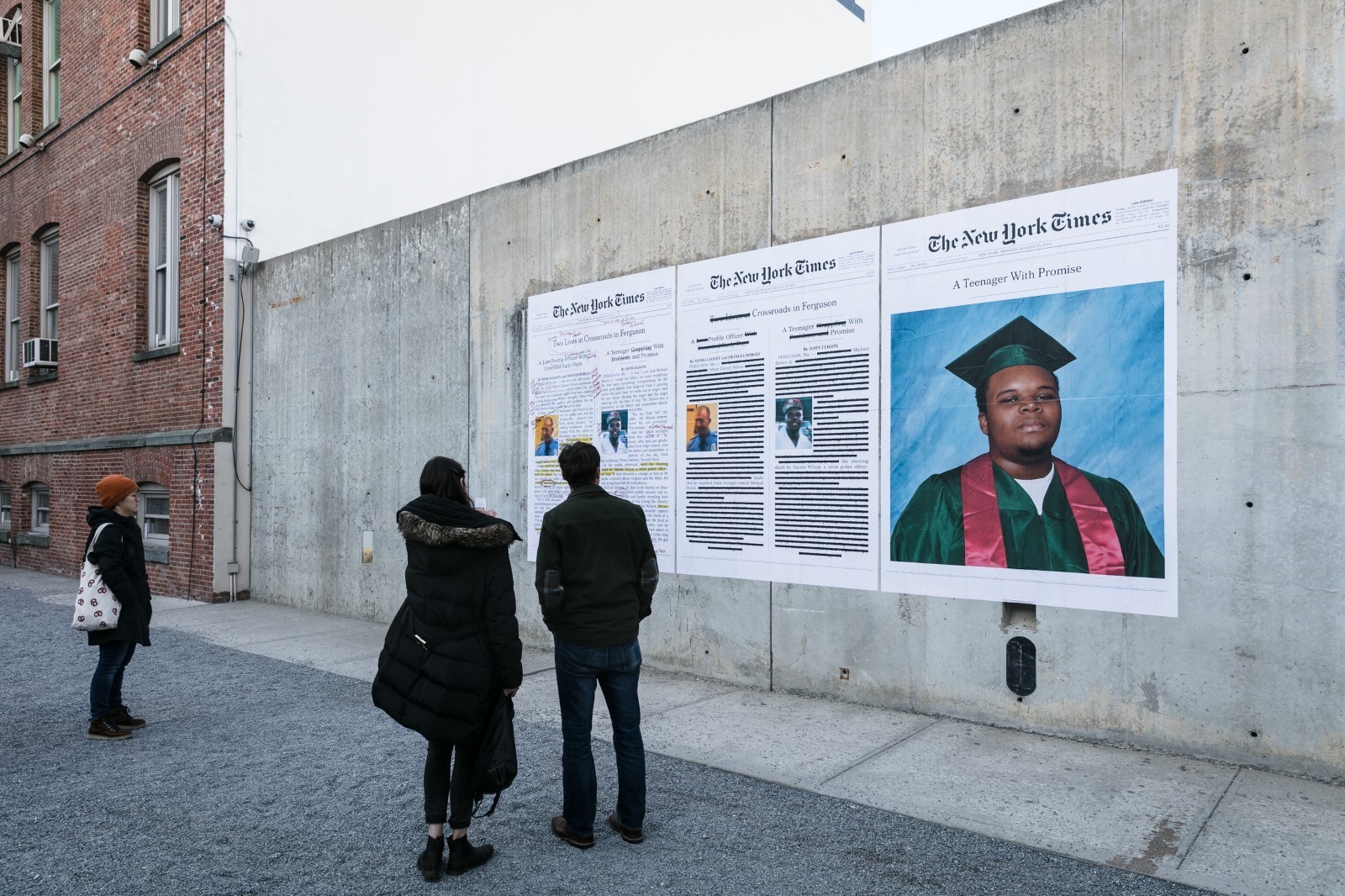
Alexandra Bell 2017, "A Teenager With Promise (Annotated)" MoMA PS1 from the series Counternarratives (Photo: Charles Roussel)
6. Forms of Encounter & Exchange: The Photo Lab Studio, Collingwood
Artists and creative workers increasingly collaborate with other artists across disciplines, with communities and alongside institutions to identify and affect local issues. They are driven by a desire for social connection and to activate politics in public space. This ‘social turn’ in creative arts has renewed conversations about the ethics of collaboration, the contexts of production, and the benefits of civil dialogue. This studio is a critical inquiry into the social forms for encounter and exchange in creative practice and public discourse. Students will participate in a 12-week residency in an off-campus studio with local community and arts partners in the suburb of Collingwood. Here, we will explore forms of collaboration—through a process of co-creation including a series of individual exercises and group projects with local organisations. This year we will be based at Collingwood Yards.
Current and previous partners include Bus Projects, Collingwood Yards, The Social Studio, Customs Square (The Hub), Good Cycles Social Enterprise Hub, Good Cycles, RHYMS (with Drummond Street Services), Collingwood College, Cultivating Community, The Wellington Centre, The Out For Good Project (with the Centre for Innovative Justice), The Big Umbrella (with ABC Fact Check), The Bendigo Hotel, Visual Stories workshop (with the Centre for Multicultural Youth), the Tote, and Wurundjeri Woi Wurrung Tribal Land Council.
Classes will take the form of lectures, public seminars, workshops, reading discussions, fieldwork activities, community consultation, research into site and social contexts, and work towards the development of a shared ethical framework for the Collingwood Studio. Evaluation will privilege practice-led research, ethics, and collaborative aesthetics in relation to the aspirations and values of our partners. Project outcomes are not predetermined but rely on consultation and engagement with partners. Creative outcomes might include photobooks, campaigns, public artworks, events, broadsheets, podcasts, community arts workshops, documentary films/essays, and exhibitions.
Studio and learning aims:
- Develop skills in active listening and relational ethics.
- Produce a creative project in collaboration with community partners.
- Demonstrate an applied critical understanding of the politics of representation and collaborative aesthetic practices.
Further Information: The studio requires a high level of commitment and initiative, in addition to a willingness to work with and learn from community partners. The project has run in Collingwood for the past three years as part of the RMIT School of Art’s The Photo Lab. In 2021 it will be run in collaboration with Bus Projects at Collingwood Yards. It is always a lot of fun!